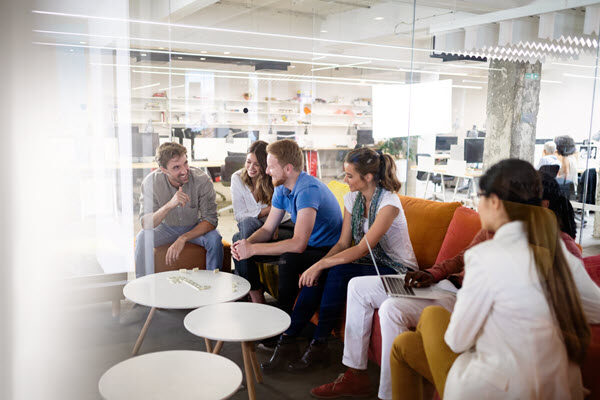In our rapidly evolving world, the importance of inclusive public spaces cannot be overstated. Designing spaces that are accessible to everyone, regardless of their abilities or disabilities, is at the core of universal design. This concept aims to break down barriers and create environments that promote equal participation for all. In this blog post, we’ll explore how to enhance inclusivity in public spaces through universal design principles.
Understanding Universal Design: Universal design is more than just an architectural concept; it’s a mindset that prioritizes inclusivity from the initial planning stages. By considering the diverse needs of individuals, universal design ensures that public spaces are welcoming, functional, and accessible to everyone.
Key Principles to Break Down Barriers
Accessible Entrances
Start by providing accessible entrances to public spaces. Incorporate ramps, elevators, and automatic doors to accommodate individuals with mobility challenges. A well-designed entrance sets the tone for an inclusive environment.
Adaptable Seating and Furniture
Choose seating and furniture that cater to a variety of users. Adjustable and adaptable elements accommodate different body sizes and mobility requirements, allowing everyone to comfortably enjoy the space.
Clear Pathways and Signage
Maintain clear pathways with minimal obstructions to facilitate easy navigation for wheelchair users and individuals with visual impairments. Implement clear and concise signage with both visual and tactile elements to guide everyone through the space.
Universal Restrooms
Design restrooms that cater to a wide range of needs, including accessible stalls, changing tables, and proper signage. Universal restrooms create a more inclusive environment, particularly for families and individuals with varying abilities.
Sensory Considerations
Recognize the importance of sensory experiences within public spaces. Minimize excessive noise, provide adequate lighting, and consider the use of contrasting colors to enhance visibility for individuals with sensory sensitivities.
Technology Integration
Embrace technology to enhance accessibility. Implement features such as audio descriptions, visual aids, and mobile apps that assist individuals with disabilities in navigating and interacting with the space.
Community Engagement
Involve the community in the design process to ensure that diverse perspectives are considered. By understanding the specific needs of the local population, designers can create public spaces that truly reflect and serve the community.
Breaking down barriers in public spaces through universal design is not only a legal and ethical responsibility but also a step towards building a more inclusive society. By prioritizing accessibility and embracing universal design principles, we can create public spaces that celebrate diversity and promote equal participation for everyone, regardless of their abilities or disabilities. It’s time to shape our environments with inclusivity in mind and pave the way for a more accessible and welcoming future.

